Bangkok is such a fascinating city. With sprawling, traditional street markets full of some of the world’s best street food to cutting edge modern skyscrapers and malls with all of the new world comforts, It is the epicenter of where East meets West. We spent a combined 10-days in Bangkok exploring every nook and cranny, some more than once, and put together this list of our top 10 free or cheap things to do!
1. Chatuchak Weekend Market
Cost: FREE – This is the place to be on the weekend! It’s one of the world’s largest weekend markets with over 8,000 stalls. The market open from 9am -6pm on the weekend and we spent nearly the whole day exploring each and every corner. It had everything from books, food and clothing to any souvenir you could ever want to take home.
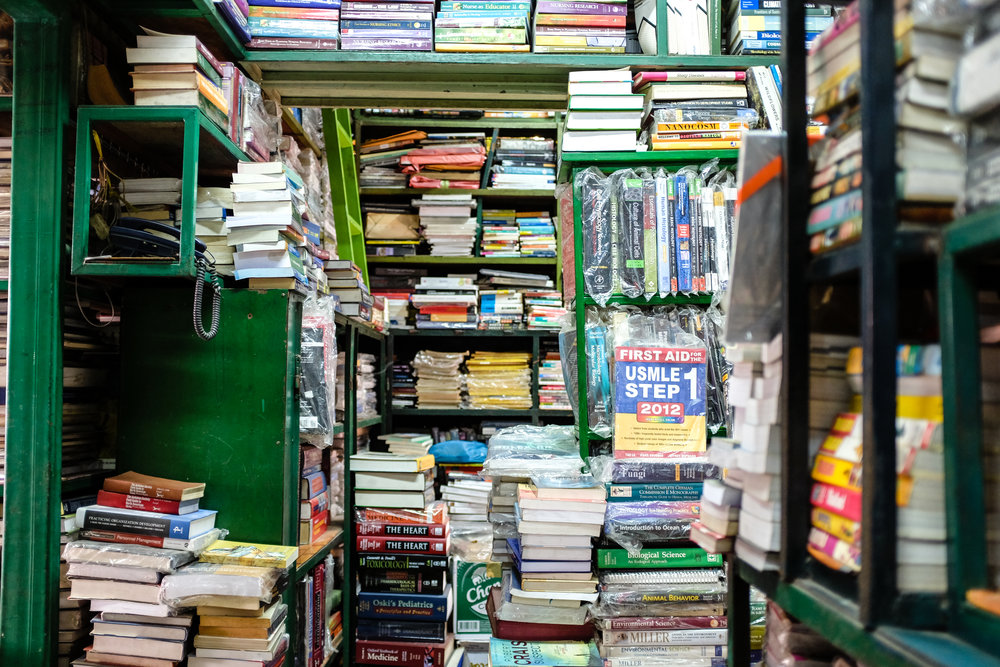

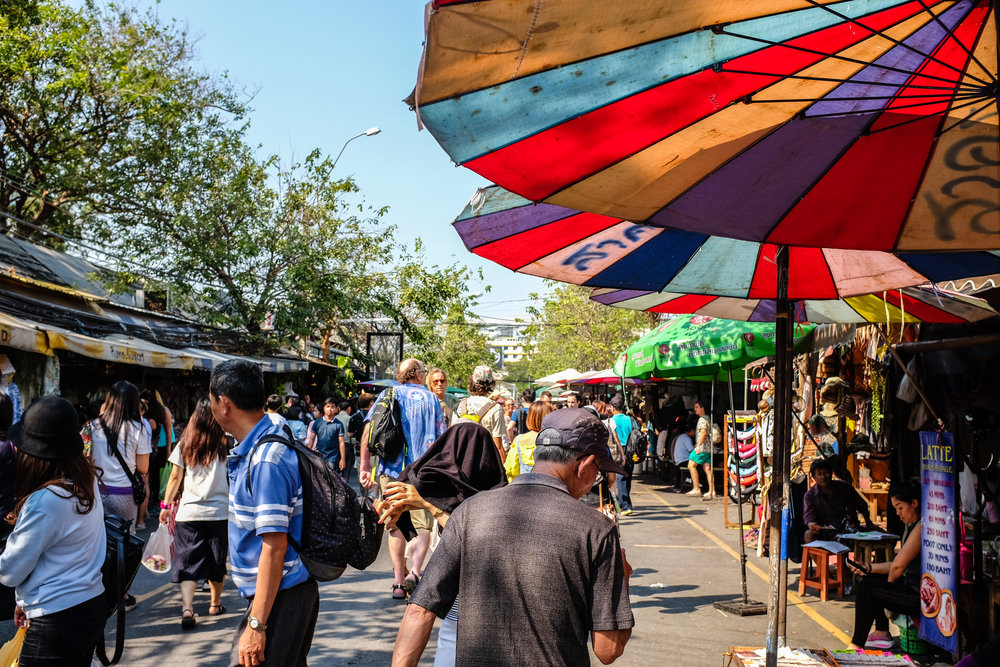
2. Chinatown
Cost: FREE – We love a good Chinatown and Bangkok has one! During the day, the hustle and bustle is shopping through the vendors with bulk items and unique individual finds. While at night, it’s all about the delicious street food culture and bright lights.


3. Wat Pho
Cost: 100 baht ($3) – One of the main tourist sites in all of Bangkok is Wat Pho and what’s great is it is so cheap to feast your eyes on her beauty. It is one of the most important temples in Thailand because of its connection to King Rama I, said to be the founder of Thailand. Wat Pho is also home of the world famous Reclining Buddha which is one of the largest in Thailand laying at 15 meters high and 46 meters long. Very impressive to see.

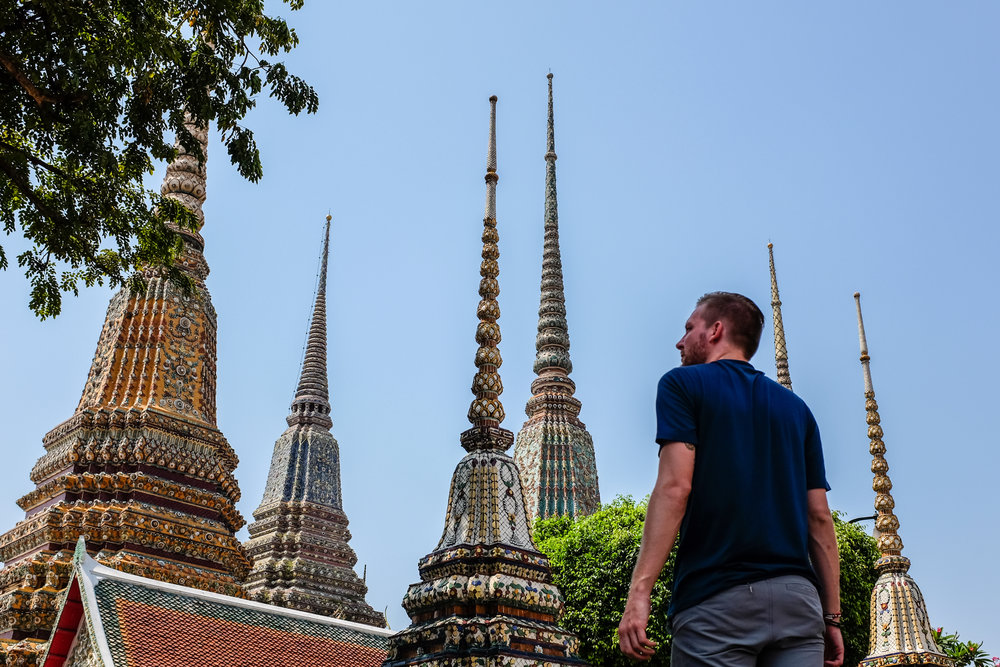


4. Rooftop Bar Drinks
Cost: 180 baht ($5.25) per pint of beer – Bangkok has a beautiful skyline with some really unique buildings. Our favorite was the MahaNakhon building which looks like it is being digitally created. The best views of this and the city are from Cloud 47. We loved it here because they allow casual attire and the cocktails are nearly half the cost than some of Bangkok’s other rooftop bars, not to mention, it really does have the most superb view. We went an hour before sunset so we could enjoy the skyline day, dusk, and night!
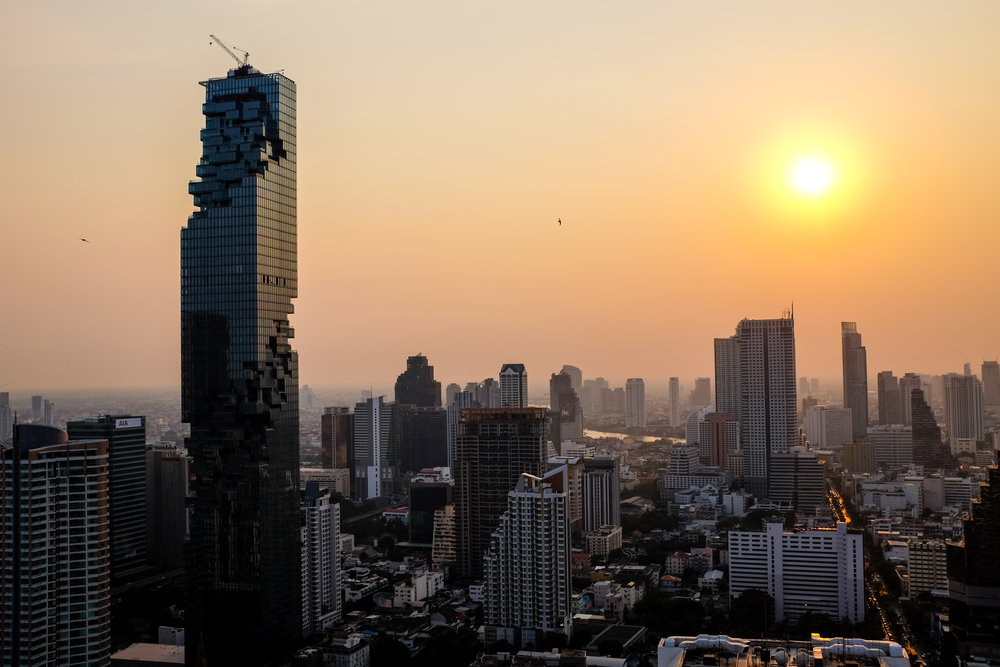
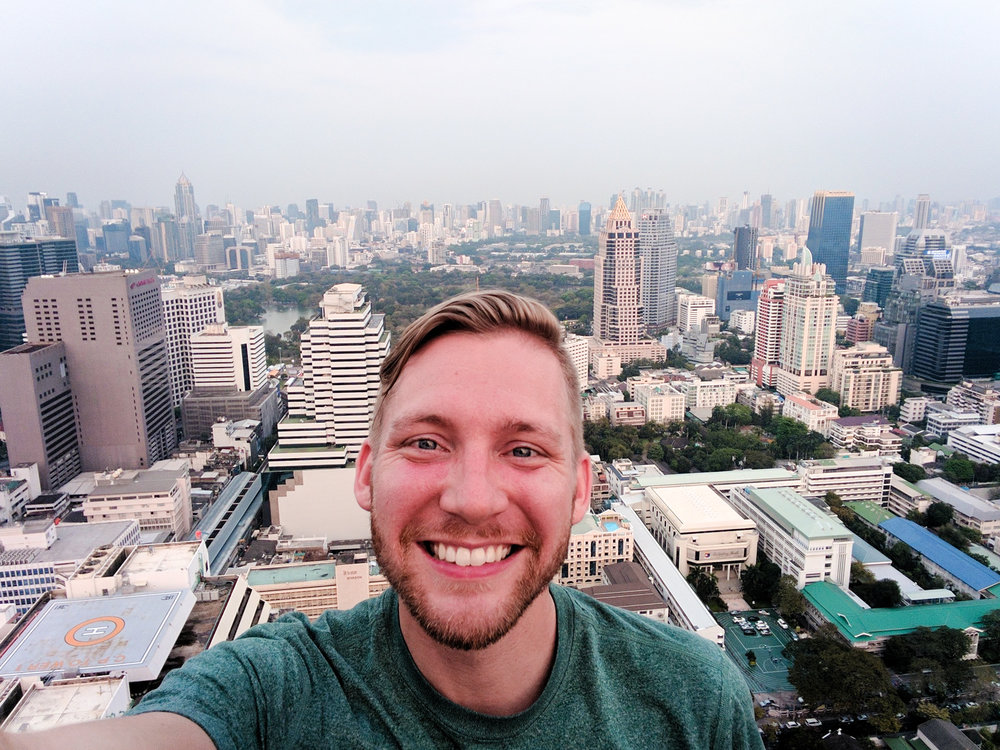
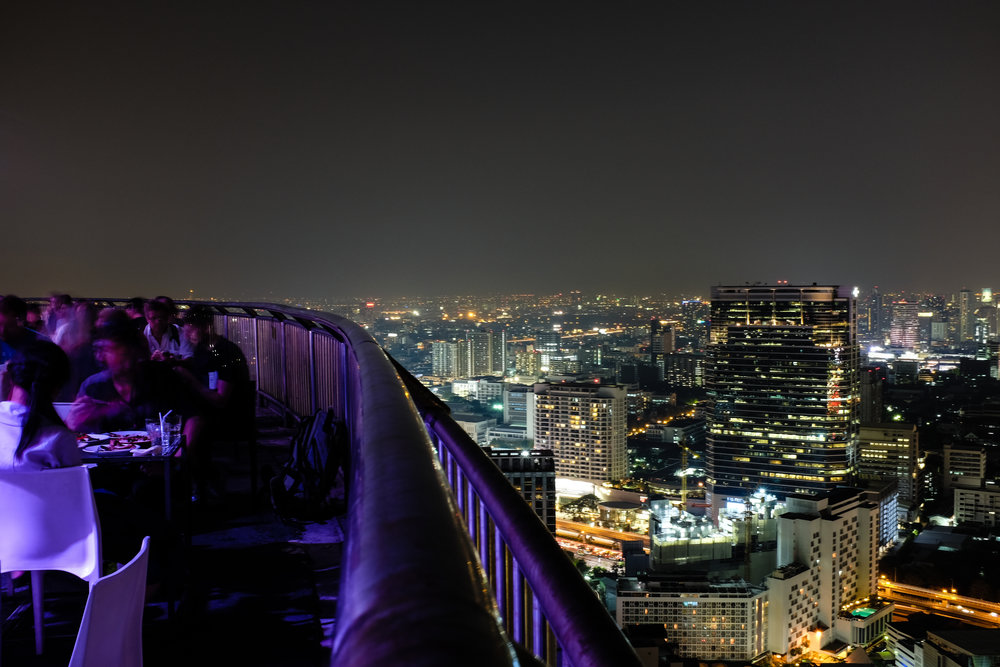

5. Wat Arun (Temple of the Dawn)
Cost: 50 baht ($1.50) – This was one of Kevin’s favorite places to visit because of how many wonderful things were around the temple complex. While the central Khmer-style tower was under construction, we could still see the beauty of the painted porcelain all around. Next to the temple is the Ordination Hall which is guarded by two guardian demons. An easy 2.5 hours was spent in awe of all the details.


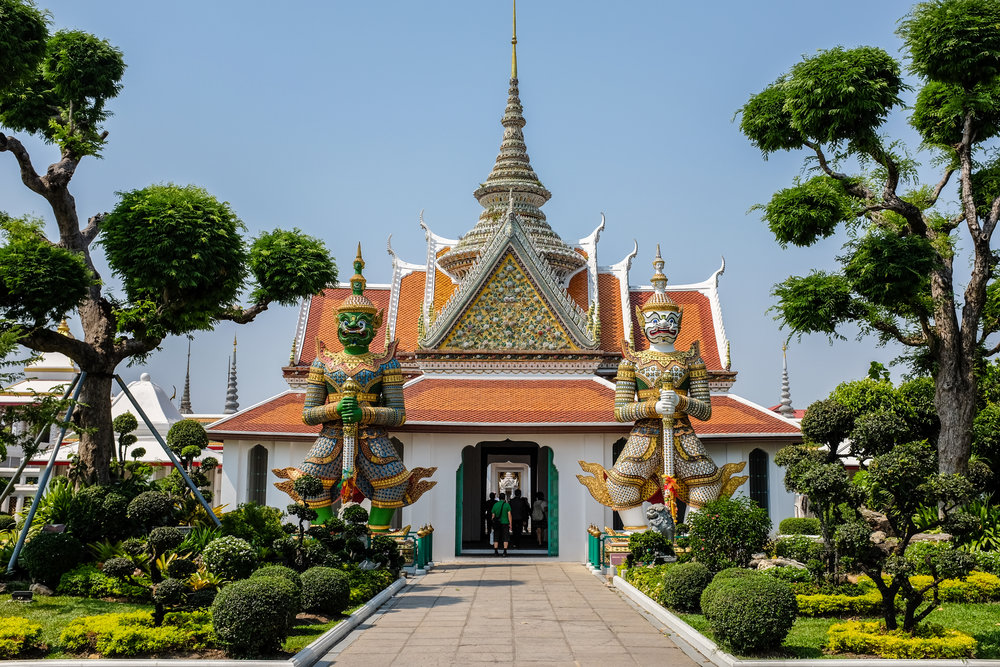
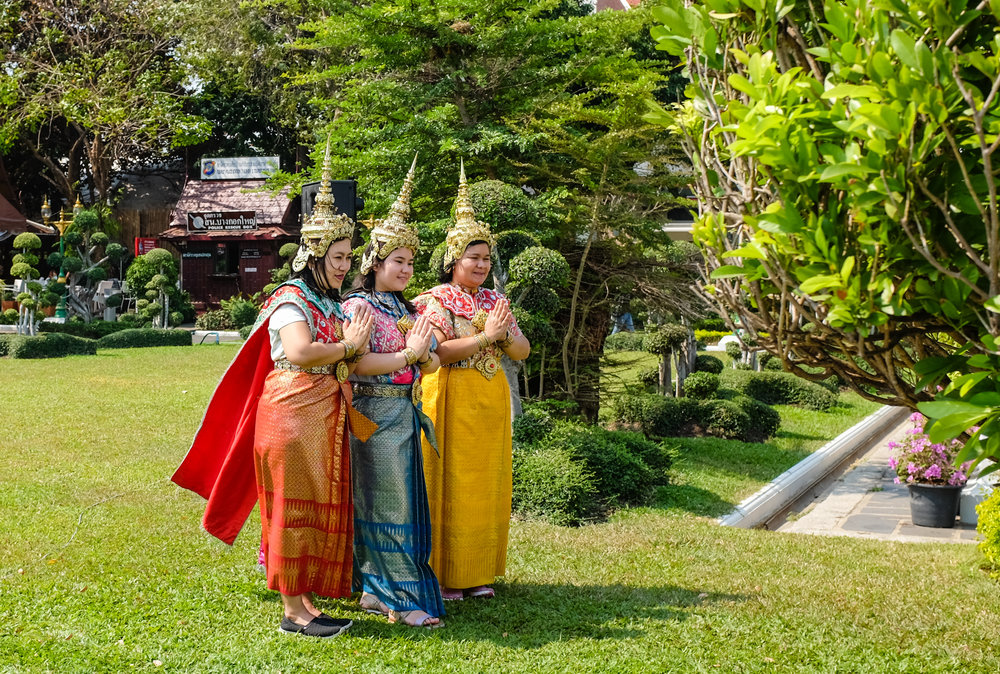
6. Foot Massage
150 baht ($4.35) – After walking all over Bangkok it was time to pamper ourselves. Everywhere you go in Thailand you see foot massage places. Some look seedy like you might catch something if you take your shoes off while others are packed, so you know it’ll be above board. We chose the 30-minute foot massage which included a leg rub and smooth oils. We were in heaven.

7. Khaosan Road
Cost: FREE – Khaosan Road is known as the backpackers district of Bangkok so you know it’s a lively place to see. Because it is full of like-minded budget travelers, this is the place to find a good deal. Trinkets are cheap and the beers are even cheaper! Nighttime is when Khaosan Road truly shines.


8. Eat Street Food
Cost: 50 – 200 baht ($1.50-$5.75) – Thailand is known for having the world’s best street food so it would be ashamed if you didn’t try it all! Most street food like Pad Thai and Thai Basil Chicken will run you around the 60-100 baht ($1.75-$3), while other signature dishes, such as, Tom Yum Goong or Pineapple Fried Rice will set you back 200 baht ($5.75). Be sure to check out our favorite Thailand street foods.



9. Take a boat down the Chao Phraya River
Cost: 15 baht ($0.45)– Hop on the boar with the orange flag and you are in for a cheap and fun experience. Not only is this the fasted and cheapest way to get into the old town of Bangkok, it give you some of the most incredible views! 15 baht is what they charge no matter how long you ride it, so why not use the opportunity to see the city through the eyes of a local.



10. Wat Trai Mit
Cost: 40 baht ($1.20) – This is a stunning historic Buddhist temple just on the edge of Chinatown. It is adorned with fantastic guilding and houses the infamous 5.5 ton (11,000 pound) 18 karat gold Buddha statue with the most fascinating history. For over 200 years it was plastered over in stucco and no one knew it was made of gold until one day it was discovered by accident.

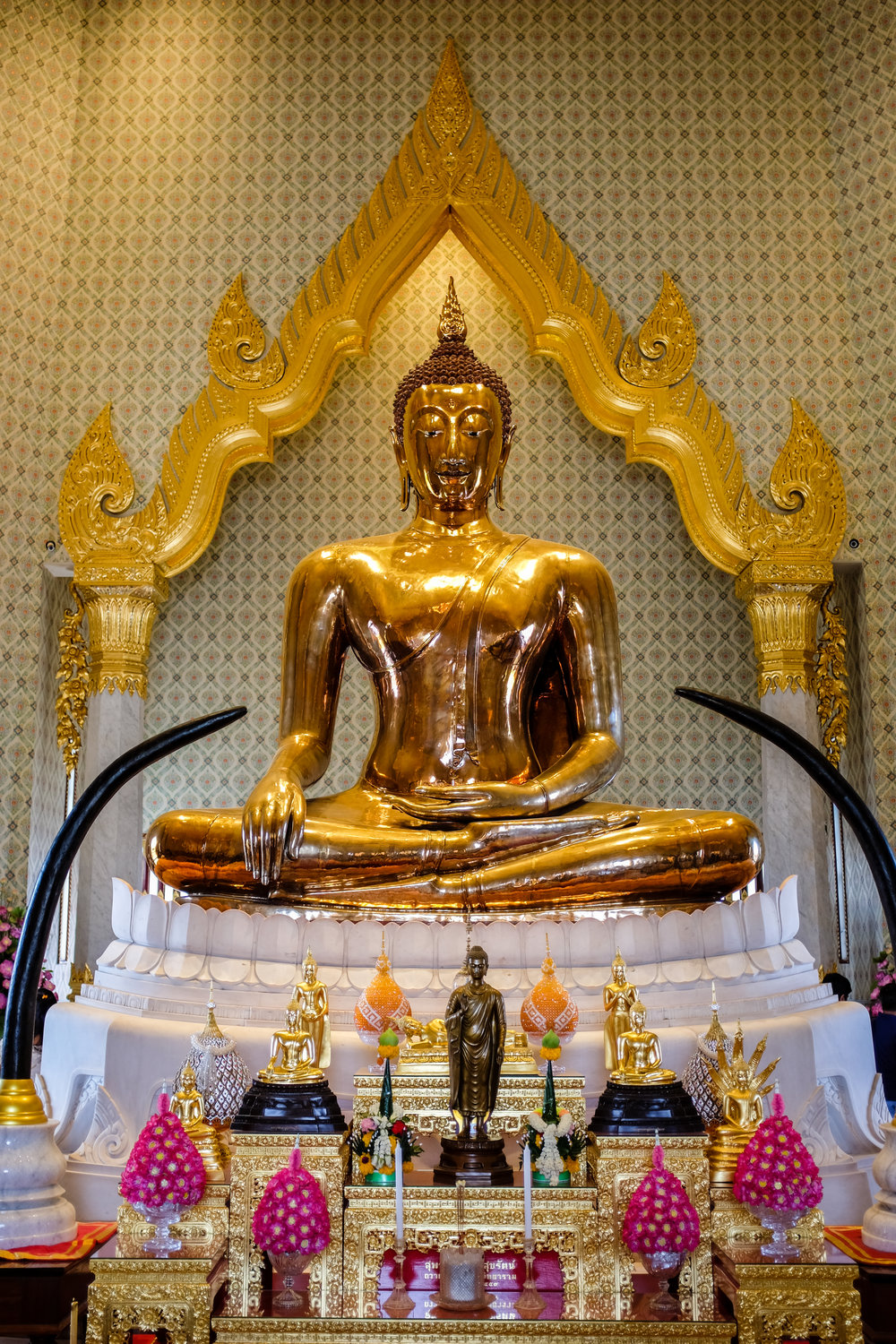
Of course there are many more things to do in Bangkok we did no mention here due to their cost. However, we would recommend doing each. #1 – Go to a Calypso Cabaret Show, costs 900 baht ($27) and features amazingly talented transgender artists dancing and lip-syncing for their lives. #2 visit the Grand Palace, costs 500 bath ($14.50), it’s filled with a lot of history and has some top-notch architecture.
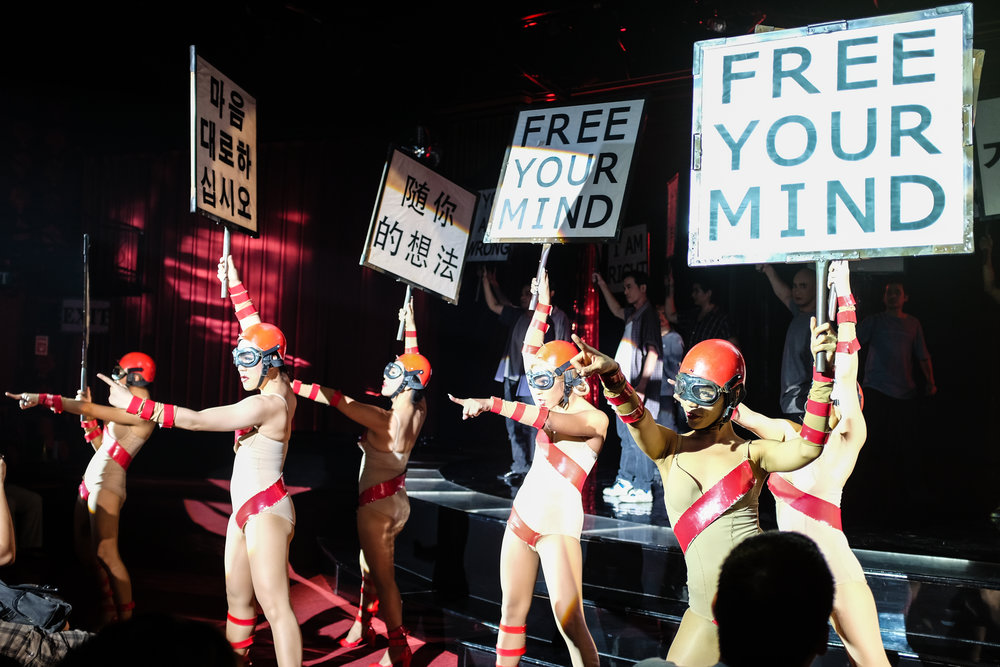

We are two en route for free or cheap explorations




































